The history of the famous Citroën brand
.
Founded in 1919, the Citroën automobile brand is one of the oldest and most famous French automobile brands. The brand quickly established itself as an innovative and quality brand, with models such as the Traction Avant, the DS and the 2CV launched at the Paris Motor Show, which have become icons of automotive design.
Below you will find some information about Citroën.
.
.
Origin: Why is Citroën called Citroën?
The name of the French automobile manufacturing company Citroën comes from the surname of its founder, André Citroën. Before entering the automobile business, André Citroën was an engineer who graduated from the École Polytechnique in Paris and had worked for the Michelin tire company, where he developed expertise in the mass production of tires.
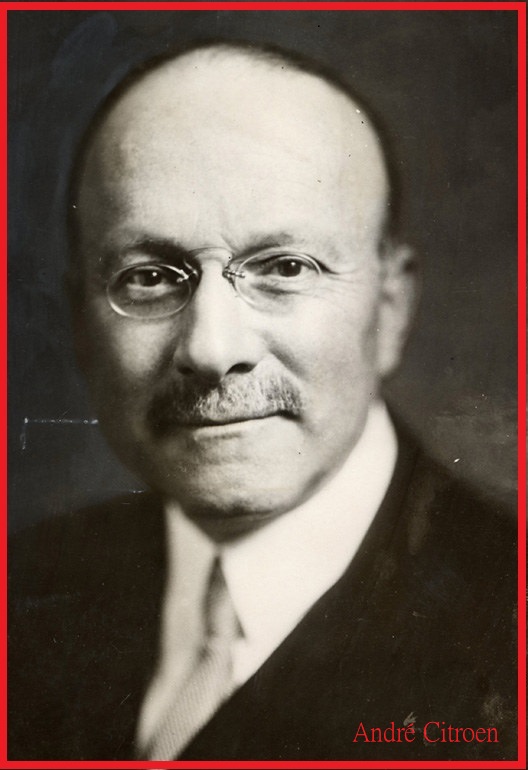
When he founded his own company, André Citroën applied the principles of mass production to automobile manufacturing, which allowed him to produce cars at prices affordable to the general public. This revolutionary production method, combined with a strong marketing strategy, allowed Citroën to quickly become one of the leading automobile manufacturers in Europe.
.
.
.
The meaning of the chevrons on the Citroën logo
To understand the meaning of the chevrons on the Citroën logo, we need to go back in history. André Citroën discovered a profitable method of producing gears used in milling during a family trip to Poland. He bought the patent and, in 1901, he founded his first company, which he named "Citroën, Hinstin et Cie", in collaboration with two childhood friends.

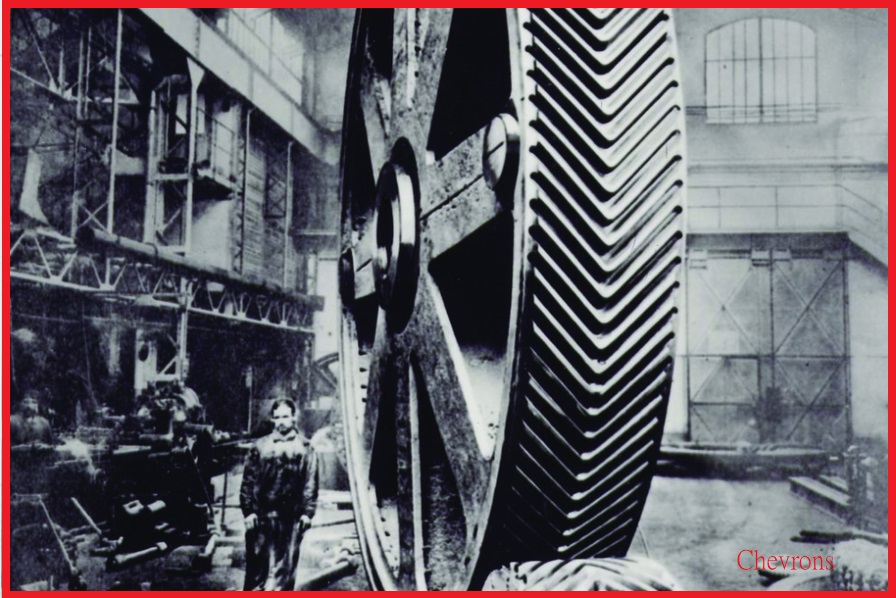
The company specialized in manufacturing these gears with a specific double chevron tooth design that allowed for more efficient and quieter operation.
Their company was very successful and several years later, André Citroën decided to start manufacturing automobiles, and quite naturally, chose these double chevrons as his logo, synonymous with success.
.
.
.
What is the first Citroën car?
The first Citroën car was the Model A, also known as the "Type A". It was first presented to the public in 1919 at the Paris Motor Show. It was the first European car to be mass-produced between June 1919 and July 1921.
This car was equipped with a 1,327cc four-cylinder engine, developing around 10 horsepower, and could reach a top speed of around 65 km/h.
The Type A, was created in the Citroën factory on the Quai de Javel in the 15th arrondissement of Paris, renamed Quai André Citroën. It was a very innovative car for its time, as it was designed according to the principles of mass production developed by Henry Ford. It was therefore produced very efficiently, with a large number of interchangeable parts which allowed mass production, at a rate of 100 examples per day. Of which more than 24,000 examples were sold until its replacement by the Citroën B14 in 1926. The Type A range was available in two chassis lengths and different bodies: 4-seater Torpedo, 3-seater Torpedo, 3-seater Sedan and City Coupé.
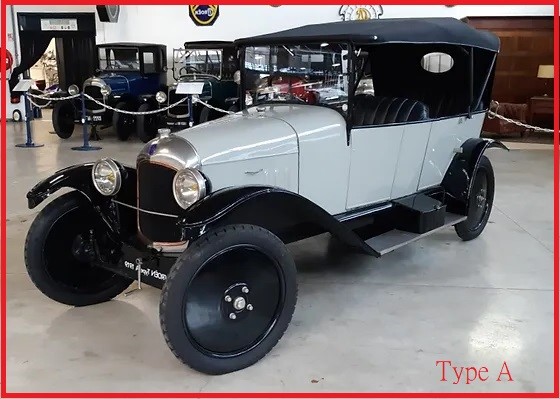
This car laid the foundations for Citroën's future success as an innovative and visionary car manufacturer.
.
.
What is the best-selling Citroën?
The best-selling Citroën is the 2CV, with more than 5 million units sold worldwide between 1948 and 1990.
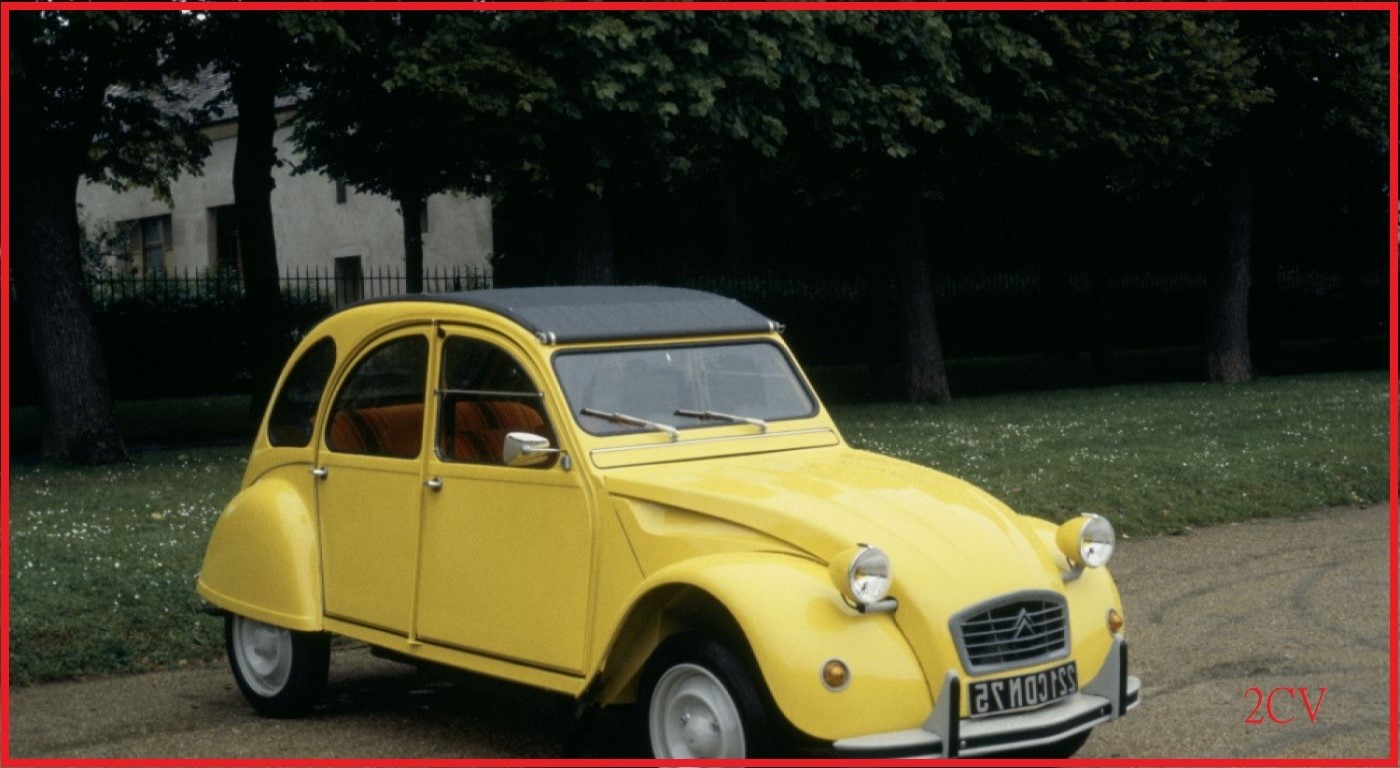
Several factors contributed to the popularity of the 2CV. First, it was designed to be an economical, accessible and easy-to-maintain car. It was also very versatile, able to travel on difficult roads and carry heavy loads thanks to its flexible suspension.
.
.
Which group does the Citroën range belong to? Who bought Citroën?
The Citroën range is currently owned by the French group PSA (Peugeot Société Anonyme) founded in 1966 in Sochaux, France, which became Stellantis following the merger with Fiat Chrysler Automobiles in 2021.
Here is the takeover of Citroën by several groups over the years:
- In 1935, Citroën was bought by Michelin, a French company specializing in tires.
- In 1976, Michelin sold Citroën to Peugeot, to form the PSA group (Peugeot Société Anonyme).
- In 2017, PSA acquired Opel/Vauxhall (European subsidiaries of General Motors) to become the second largest car manufacturer in Europe.
- In 2021, PSA merged with Fiat Chrysler Automobiles to form Stellantis, the world's fourth-largest automaker.
.
.
.
Which Citroën models are manufactured in France? Who manufactures Citroën engines?
The Stellantis group, which merged with PSA and Fiat Chrysler Automobiles, owns many factories in France. However, it is gradually abandoning production in these factories.
At Citroën, only one model is currently built in France, the C5 Aircross SUV is manufactured at the historic Rennes site. Although this factory has produced many of the brand's popular models such as the Ami 6, GS, BX , AX and XM , production of the mid-range and high-end models was transferred to Spain and Portugal in the early 2000s.
.
.
Highlights of the Citroën car brand
The highlight of the Citroën car range was the period of the 1920s and 1930s, when the company introduced significant innovations to the automotive industry. The Citroën Type A, the brand's first production car, was released in 1919. But it was with the Citroën Traction Avant, launched in 1934, that the brand revolutionised the automotive industry. The Traction Avant was the first production car to have front-wheel drive and four-wheel independent suspension, giving it exceptional road handling for its time.
The Citroën DS , launched in 1955, was also a highlight for the brand. The DS was a stylish, innovative and advanced car, with hydropneumatic suspension that offered a unique driving experience. The DS quickly became a symbol of French innovation and was nicknamed the "goddess" due to its beauty and iconic status.
Citroën also had success with the 2CV prototype, exhibited at the Paris Motor Show and launched in 1948, which became a symbol of rural French innovation and freedom. This rustic vehicle, mounted on an ultra-soft suspension, quickly revealed its strengths and became the most practical of economical vehicles. The 2CV was the first car to feature a 4-speed gearbox and was highly regarded for its simplicity, reliability and ease of maintenance.
.
.
Citroën France spheres and their hydraulic system
Citroën spheres are key components of the hydraulic system of Citroën cars. They are small metal balls filled with a specific hydraulic fluid, which function as shock absorbers for the suspension of cars.
Citroën's hydraulic system, developed by André Citroën himself in the 1950s, is often considered one of the most important innovations in the automotive industry. The hydraulic system uses a pump to compress hydraulic fluid, which is then distributed to several locations throughout the car to power the brakes, suspension, and steering equipment.
This hydraulic system ensures comfort and ground clearance adjustable by the driver depending on the road conditions. Also, changing wheels was easier in the event of a puncture.
We have provided you with a complete technical sheet on how CITROËN spheres work , to learn everything about their revolutionary suspension system.
.
.
From 1919 to 2020, 100 years of Citroën vehicle history, from the oldest to the most recent:
.
.
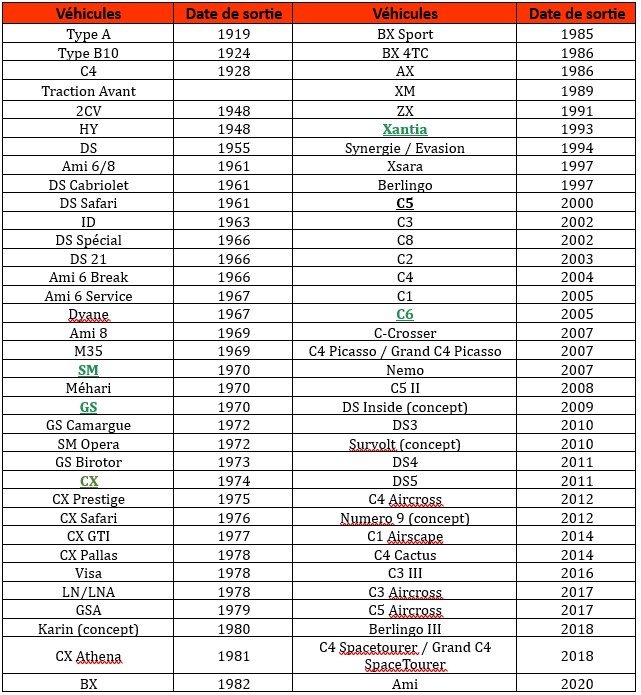
.
And the modern Citroën, transition from electric to hybrid: Citroën Ami, Citroën C4...
The transition from thermal to electric and hybrid cars in the Citroën range began in 2010, with the marketing of the Citroën C-Zero, a small 100% electric city car. Since then, the brand has expanded its electrified vehicles to include plug-in hybrids and electric cars.
-
Citroën C4: The Citroën C4 is a compact sedan that has been redesigned to offer both thermal and electric versions. The thermal version offers petrol and diesel engines, while the electric version, called ë-C4, is equipped with a 136 horsepower electric motor and a 50 kWh battery that allows it to travel up to 350 km in a combined cycle.
The Citroën Ami went by several names before going electric. First was the Ami 6, a compact car built from 1961 to 1978. It was designed to be a practical, economical, easy-to-drive and maintain car. One of the features was its unconventional styling, which included a reverse-tilted rear window that gave the driver better visibility.
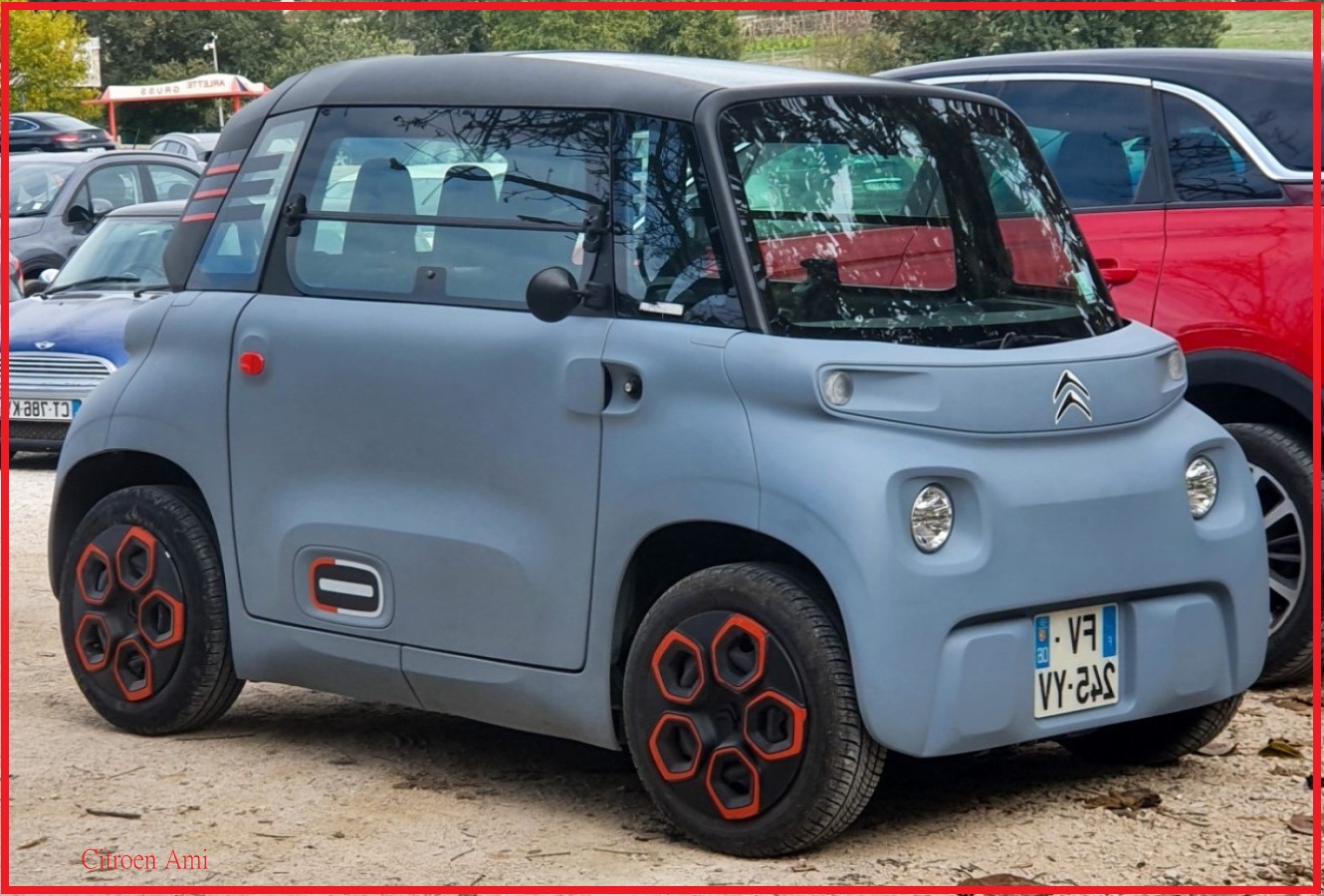
Then the Ami 8 which in 1969 succeeded the Ami 6 with a more classic design but nevertheless, took over the majority of the bodywork elements of the Ami 6 identically. Then the Citroën Ami:
-
Citroën Ami: The Citroën Ami is a small urban electric vehicle, marketed since 2020, which is accessible without a driving license. It is equipped with an 8 horsepower electric motor and a 5.5 kWh battery that allows it to travel up to 70 km in a combined cycle. It is intended for use in the city for short distances.
You can find all our hydraulic spheres for any Citroën vehicle as well as other brands at discount prices. Also, do not hesitate to consult our FAQ in which you will find all the answers on this subject.
